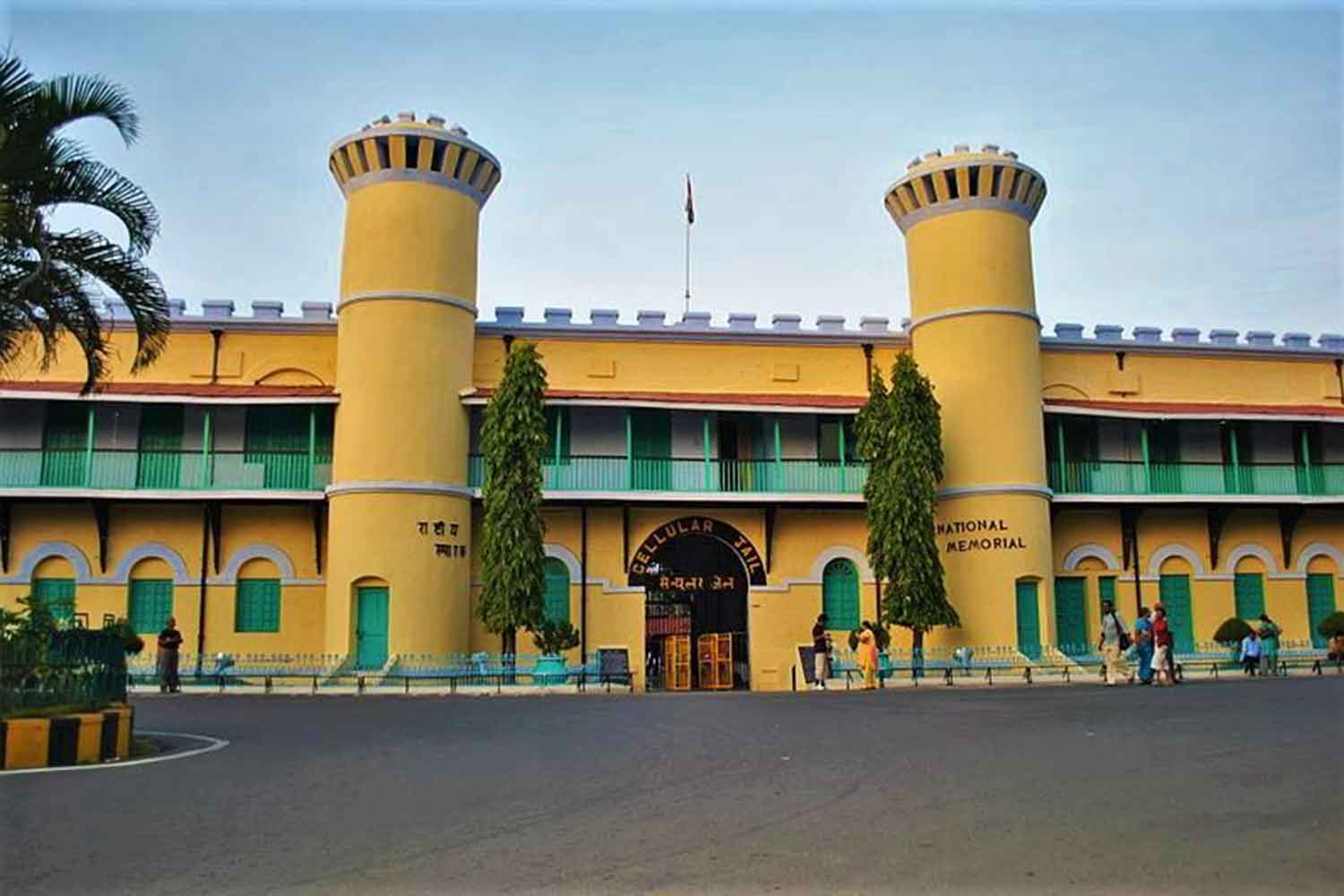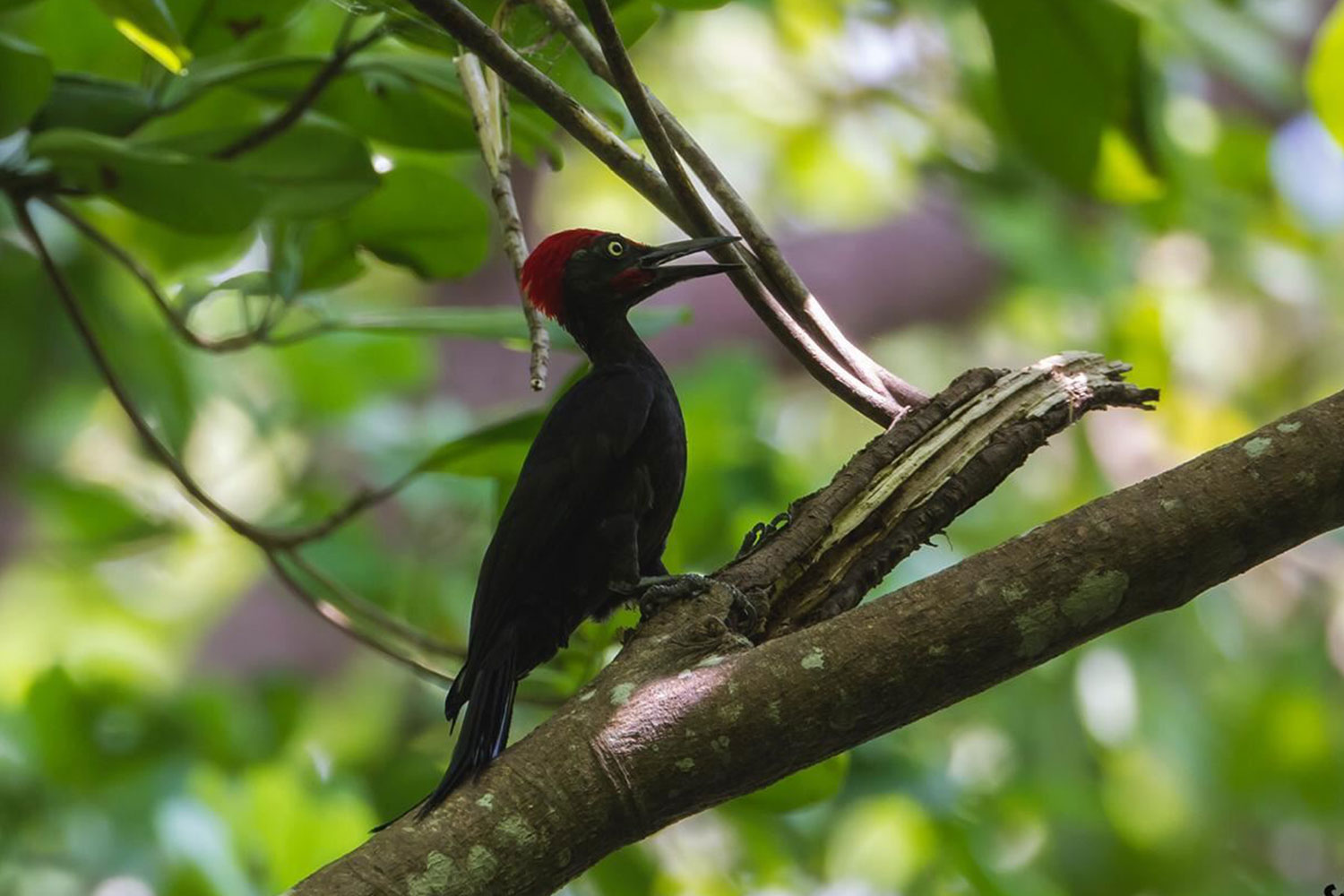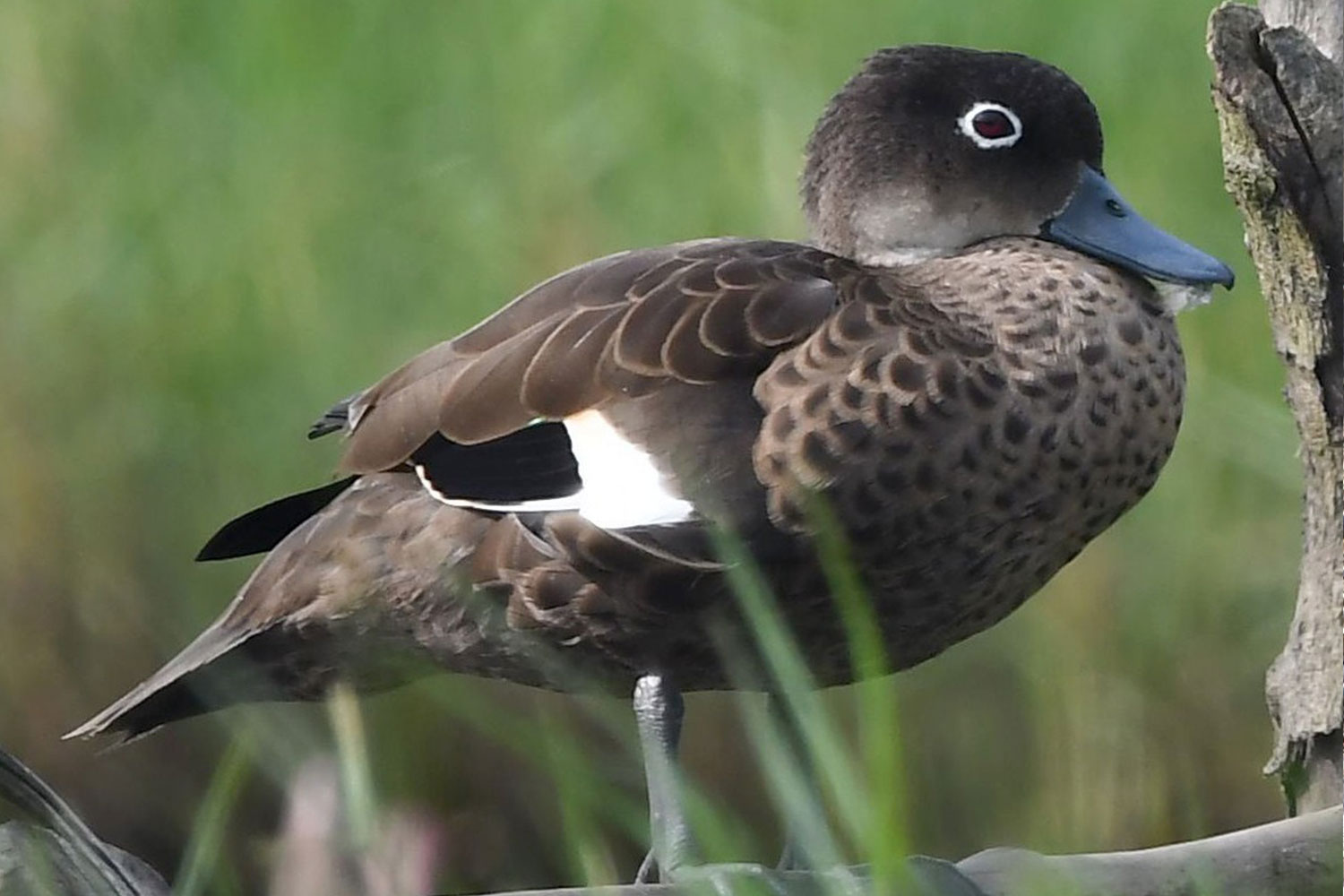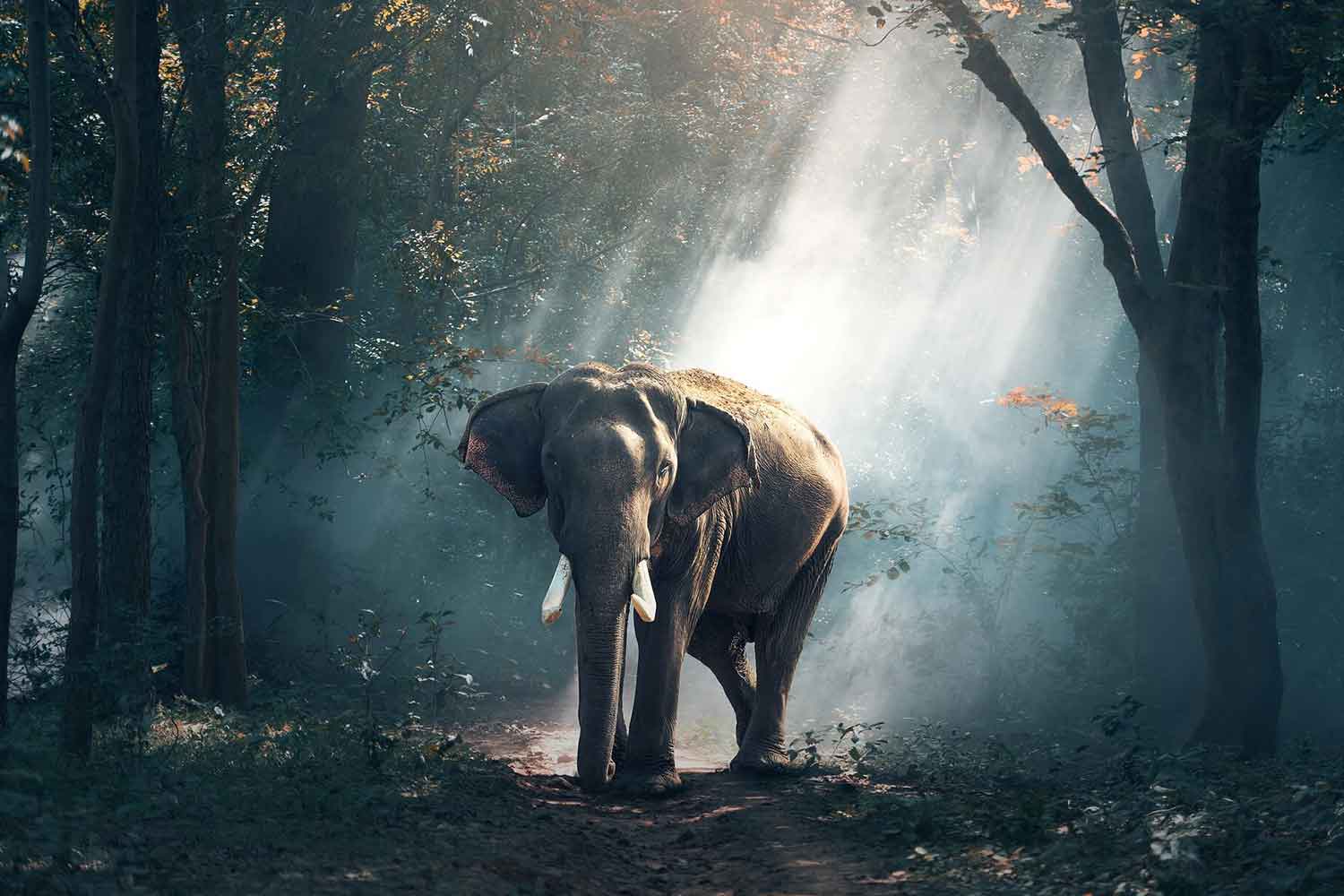Rajasthan Gujarat are Amazing Birding Zones
Jeffery Parker
December 17, 2018
I am an avid birder, and in January 2018, I took on the trip to India. The first fifteen days were spent exploring the amazing culture and monuments of this region. And then I started on my voyage of Rajasthan and Gujarat, not for its architectural wonders but for its birds! And that too in its arid zones. I had read a lot about that same and it was time I expanded my wings beyond the usual.
I had booked this tour with Asian Adventures, who are considered among the pioneers of birding in India. On this particular trip, we are 12 people from across the world and two from India.
Our trip began in New Delhi which welcomed us with a short morning trip to the Sultanpur Bird Sanctuary, a relief in this otherwise concrete jungle. I caught some 50 species of birds in merely 3 hours here! The primary being the White-tailed Lapwing, Oriental Skylark, Orange-headed Ground-Thrush and Personata White Wagtail.
Next day, we reached Jaisalmer early evening for an overnight stay at the Hotel Himmatgarh Palace. The place enveloped me not only in the Rajasthani aura but its green environs which had many birds to offer for our cameras. I had a lovely birding experience in the hotel vicinity itself.
The next two days were about reaching and exploring the Desert National Park which would culminate into a musical night at the tents in the world famous Sam Sand Dunes. I was particularly interested in watching the endemic Great Indian Bustard. But as expected, I could not spot one in the choicest corners the guide took us. So we had to satisfy ourselves by clicking the Asian Desert Warbler, Black-crowned Sparrow Lark, Barbary Falcons, Stoliczka Bushchat among others. Thanks to the expert guides from Asian Adventures, we even managed to pick up a few glimpses of the very elusive Urassh.
The next major spot for birding was Siana which is known for its Leopards. But I loved the place for its food, which is typically different from the other parts of Rajasthan and has a very encaptivating aroma. I must have put on a lot of kilos after the binge!
Coming to birds, Punjab Raven, Greater Short-toed Lark, Red Collared-Doves, Rufous-fronted Prinia, Rock Bush Quail, Indian Vulture, Indian Thick-knee and Sirkeer Malkoha were among the many that kept us on our toes for that perfect shot. What a thrilling experience it was – especially when the Sun would set and we would go out looking for Savanna Nightjar, Indian Eagle Owl. We even saw local mammals including the Striped Hyenas.
An amazing experience – echoed by our entire group of 14 who were by now good friends! We felt like one big extended family. Perhaps that’s what India is about – creating bonds that last beyond borders!
Our next adventure with the winged beauties was at Mount Abu, which is like a miracle in the otherwise parched state of Rajasthan. It is the only hilly region of the desert state of Rajasthan. Among birders, Mount Abu is known as the land of the very beautiful Green Avadavat, and we were lucky to spot a pair. Abu road is bustling with flora and fauna and numerous species of birds. And we got amazing camera captures of Crested Bunting, Brown Rock-Chat, Indian Scimitar-Babbler, Yellow-eyed Babbler, Plum-headed Parakeet, Indian Yellow Tit, etc.
After a day-and-a-half adventure at Mount Abu, we headed to the first STAR OF THIS BIRDING TOUR– The Little Rann of Kutch. The journey itself threw a lot of opportunities at us to capture amazing winged creatures in our camera. so there was this the White-bellied Drongo, a flock of Brown-headed Barbet, a pair of Scaly-breasted Munia. Red Spurfowl, Oriental skylark to name a few whom we met on the journey to the Little Rann.
Our arrival at the Little Rann of Kutch was greeted by umpteen birds since it was Sunset time. The place bore an enchanting aura that can never be explained in words. The Little Rann is a ‘desert’ habitat interspersed with patches of Acacia. And each one of us was thrilled at the idea of spending two nights here.
So the next two days were spent chasing the Desert Fox through the camera zoom; enjoying the sight and sounds of the Eastern Imperial Eagle; seeing a small flock of Lesser Flamingos and some Macqueen’s Bustards nesting and of course looking out for some aquatic birds wherever we could find some shallow pools in the region. Grey-headed Swamphen, Asian Openbill, Pheasant-tailed Jacana, Siberian Chiffchaff and River Tern gave us some great pose! The morning jeep safaris would culminate into reaching some small village of the Rann and having a taste of the local cuisines at lunch. The meals the Little Rann offers, carries the aroma of its land and water. It tastes so different and yet so amazing. And had it not been for the guides who would be at our heads pushing us out of lazy-selves, we would have dozed off after such an amazing intake of local delicacies. The evening Safari at the Little Rann is quite enchanting–imagine a barren landscape, a few trees scattered here and there, a setting Sun and birds returning to their nests…one by one and also in flocks. A picture perfect landscape. Painted in colour via winged beauties – namely Dalmatian and Great White Pelicans, Marsh Sandpiper, Black-headed Ibis, Isabelline Wheatear, Small Pratincoles, Slender-billed Gull, Richard’s Pipit, Crested Lark and Ashy-crowned Sparrow-Lark….and so many more of them. If I were an artist, I could paint my memories from the Little Rann of Kutch…forever.
Two days at the Little Rann just flew away, literally! And it was time to head to the abode of the Asiatic Lion – the Gir National Park – to meet him and his winged neighbours! We spent some two days here at the Gir National Park. And had some great shots of the Lion King!
We also saw Kentish plover, Oystercatcher, Ruddy Turnstone, Broad-Billed Sandpiper, Sanderling, Dunlin, Curlew sandpiper, Black-Headed Gull, Common Tern, Little Tern, Whiskered Tern, among the 200 plus species of birds found here. Nature simply leaves you amazed at the Gir National Park. It has some much to offer. The local guides here took us to more birds in the region at the Khijadiya Bird Sanctuary which home to Oystercatcher, Ruddy Turnstone, Broad-Billed Sandpiper, Sanderling, Dunlin, Curlew sandpiper, Black-Headed Gull, Common Tern, Little Tern, Whiskered Tern, etc. This region is a tapestry of dry deciduous forests, acacia scrub and grassland, fed by rivers and reservoirs. Thus, the den of various mammals like the rare Wild Ass, world’s only four-horned antelope, a thriving population of panthers as well as the wild boars.
All in all, from the 14 days we spent birding during this tour, the most memorable ones were spent at the Little Rann of Kutch and the Gir National Park. So much at the offer, yet so less time to grasp it – this was the common opinion of all us travelers. The trip had almost come to an end. From here we were supposed to head back to New Delhi from where we would fly home. And all of us were taking back memories of a lifetime, not in just terms of birding, but also the warm hospitality of this amazing land named India and of course the extended family it gave us. Thank you, India, thanks to Asian Adventures for all the fun.






















